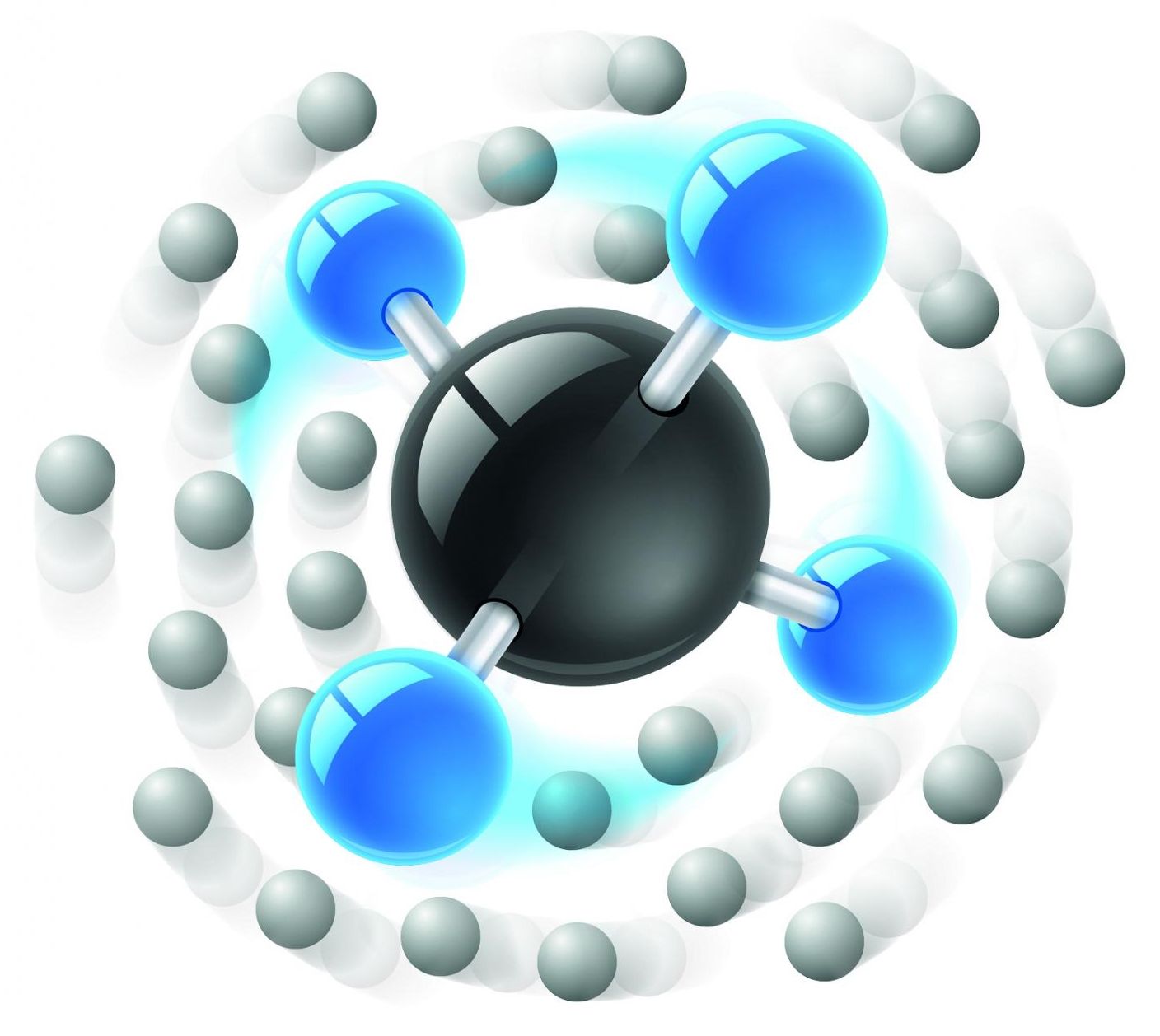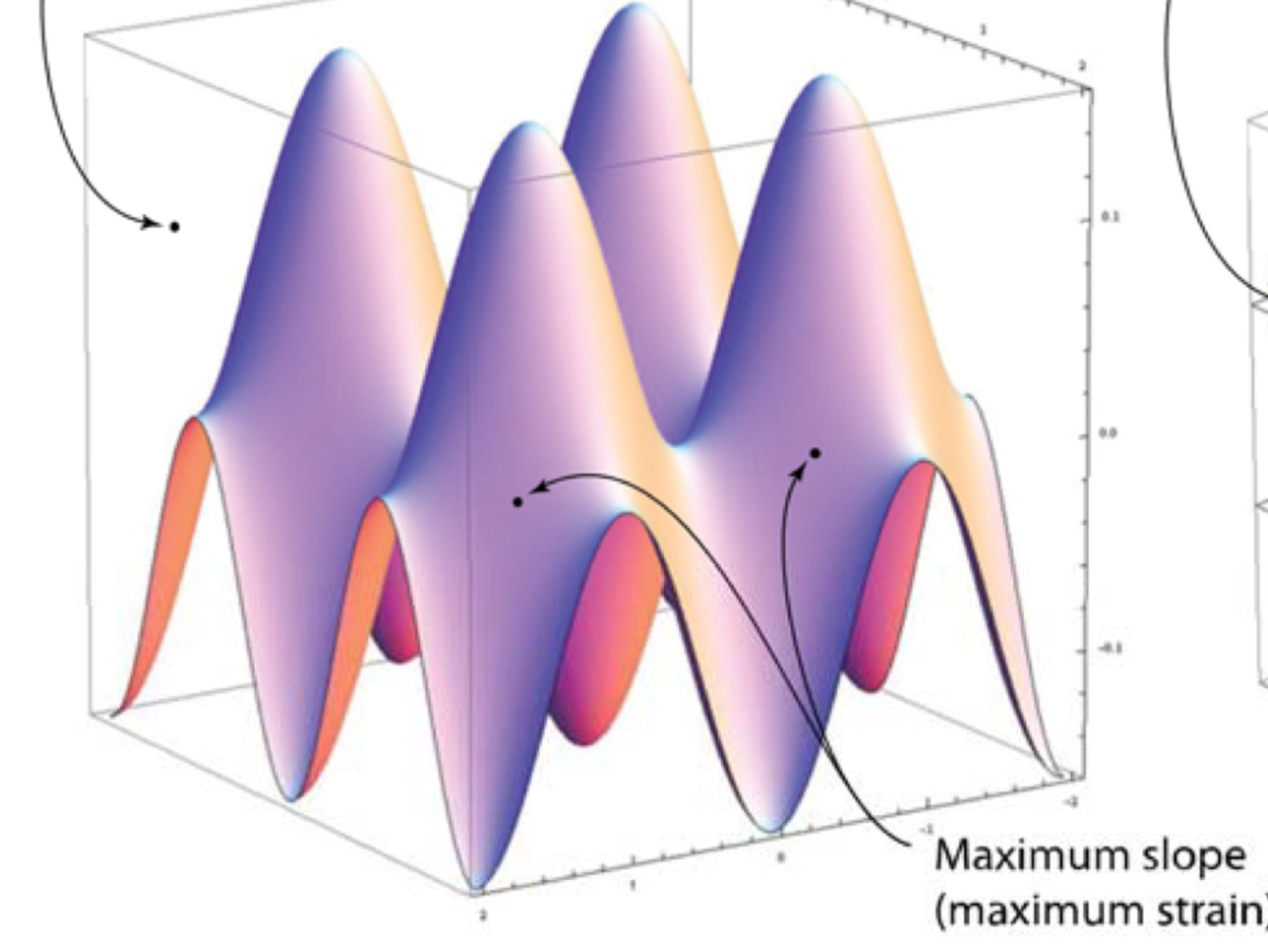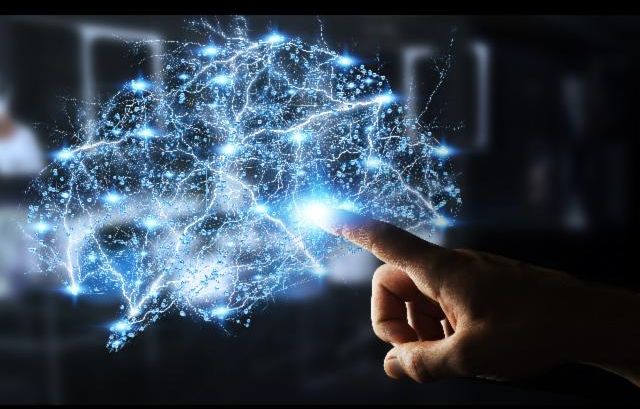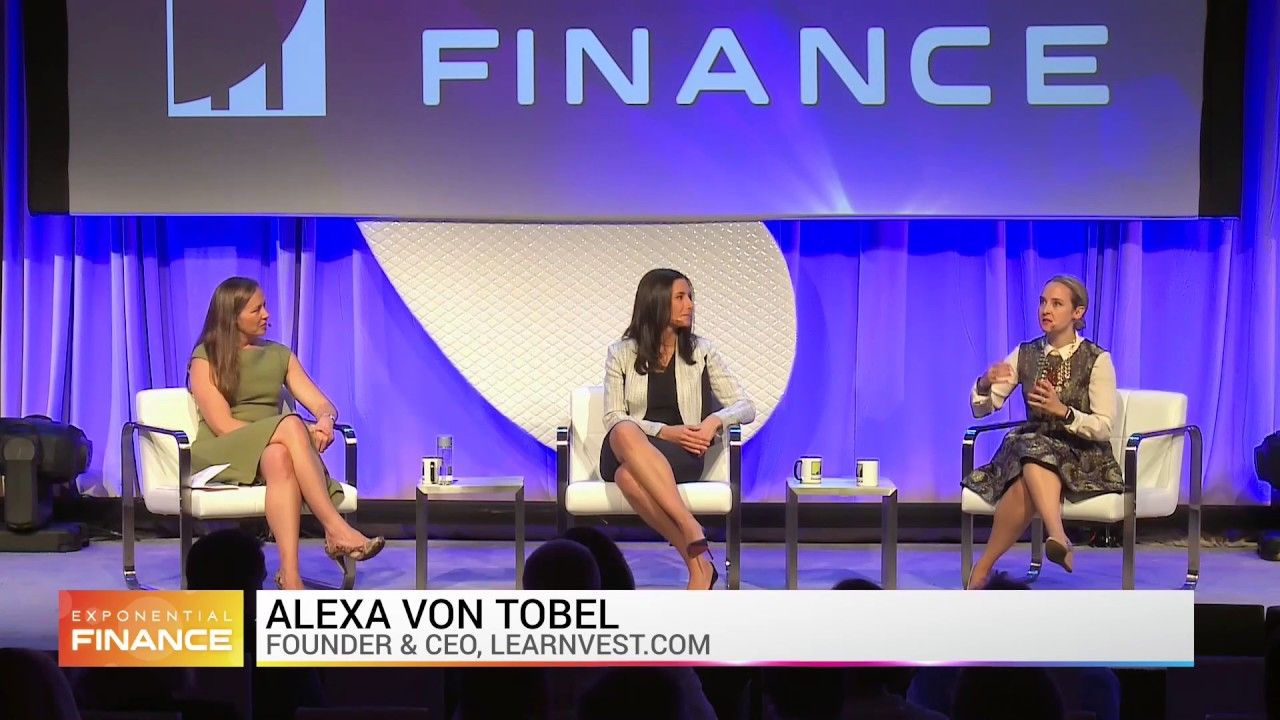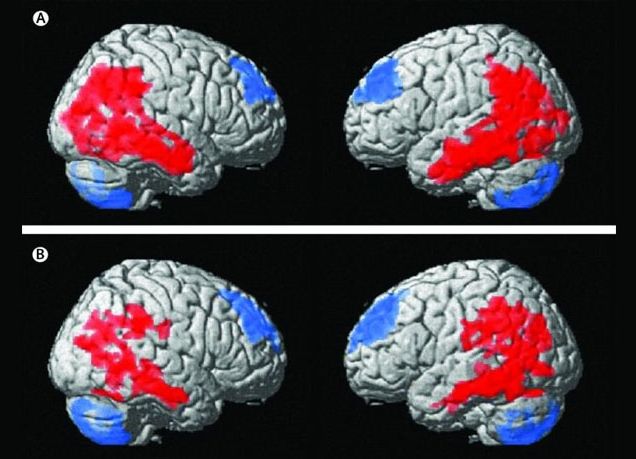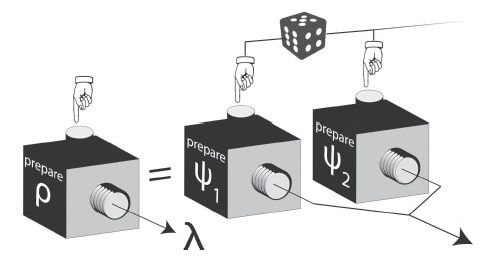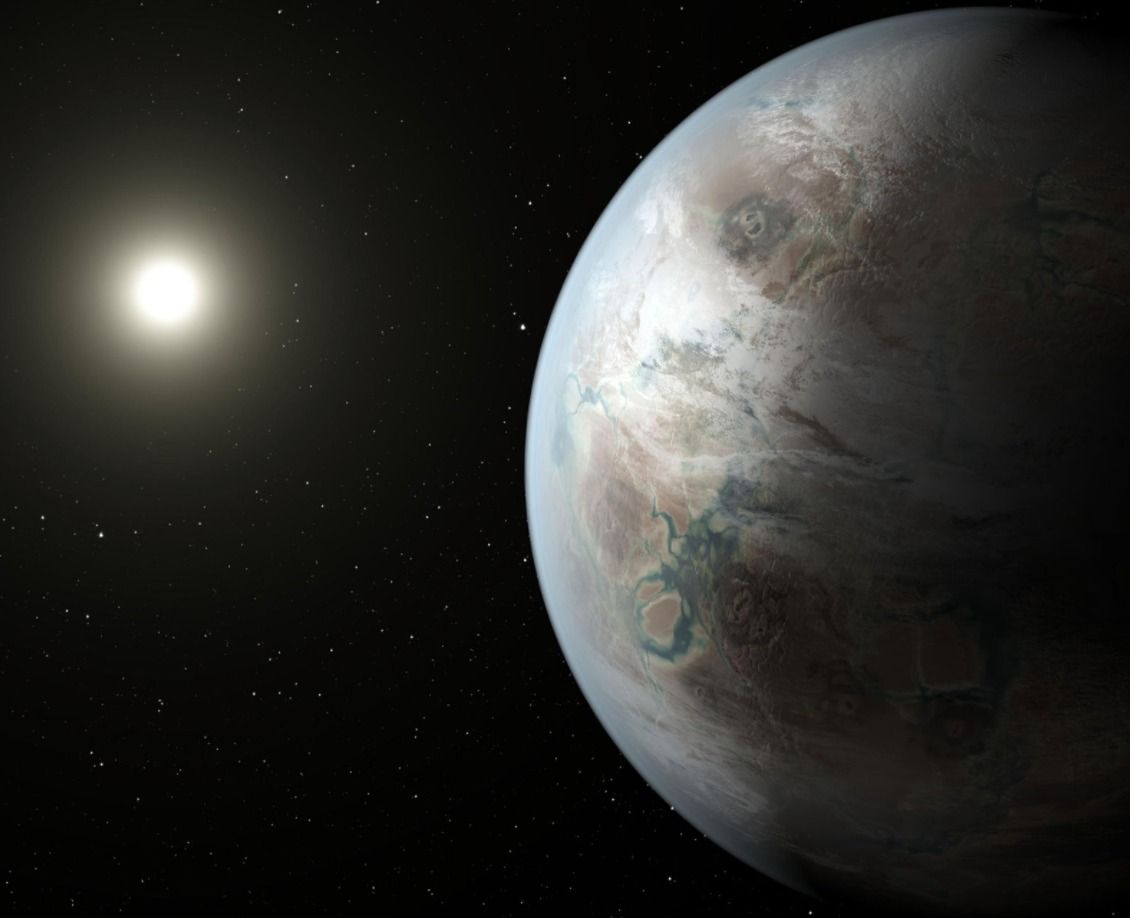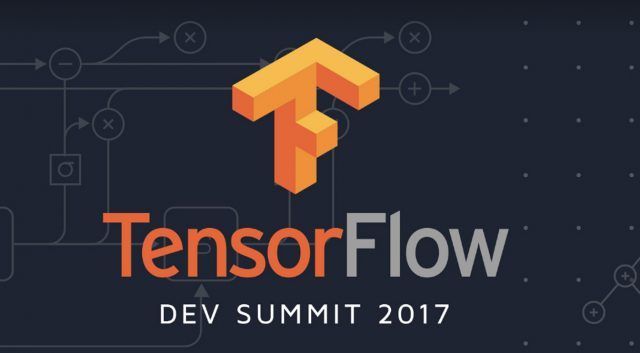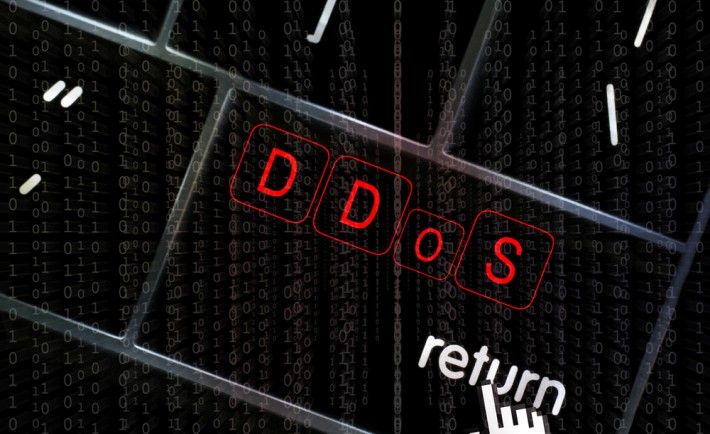Coca-Cola is ditching flesh and blood creatives in favour of software algorithms in an experiment to see whether AI bots have what it takes to beat their human masters.
Mariano Bosaz, Coca-Cola’s global senior digital director, is spearheading the move as part of wider efforts to push the bounds of technology to see what they are capable of.
In an interview with Adweek at Mobile World Congress in Barcelona Bosaz said: “Content creation is something that we have been doing for a very long time—we brief creative agencies and then they come up with stories that they audio visualize and then we have 30 seconds or maybe longer. In content, what I want to start experimenting with is automated narratives.”

